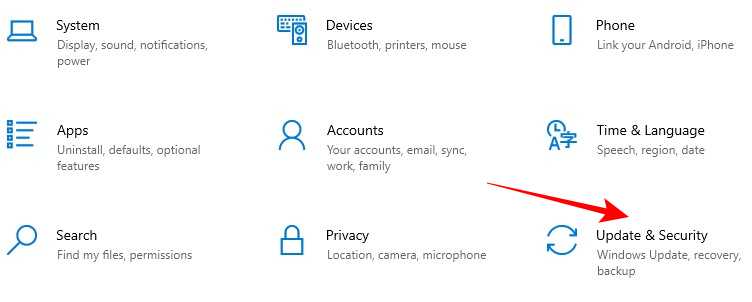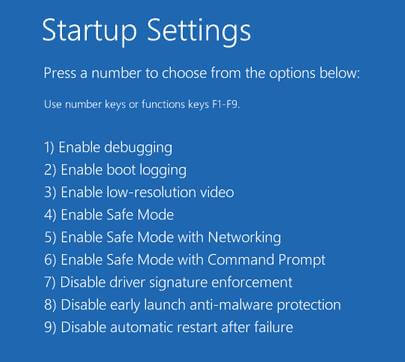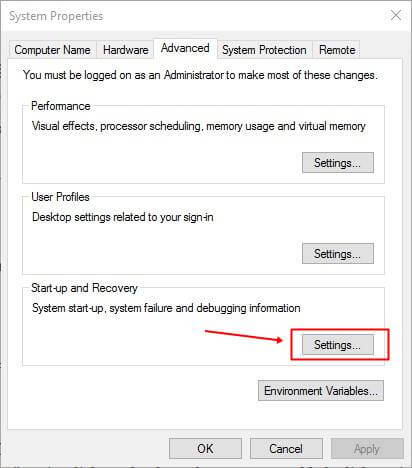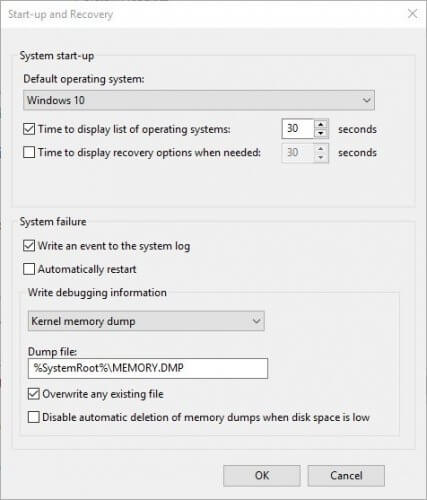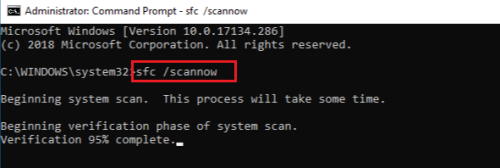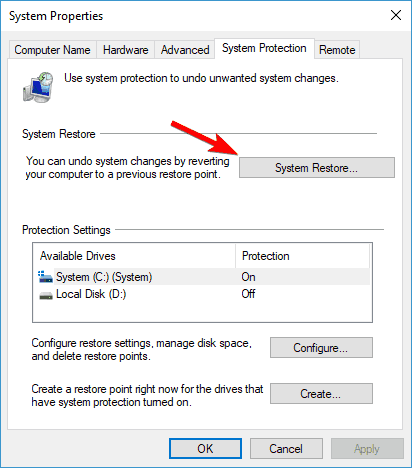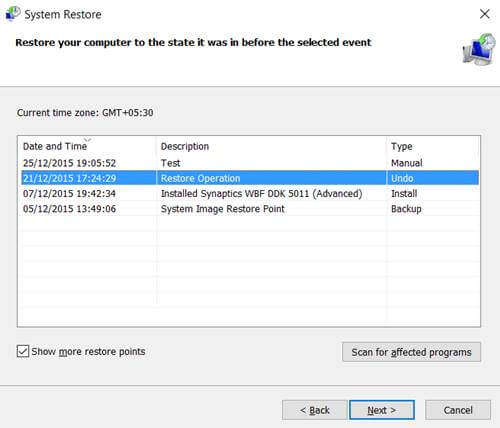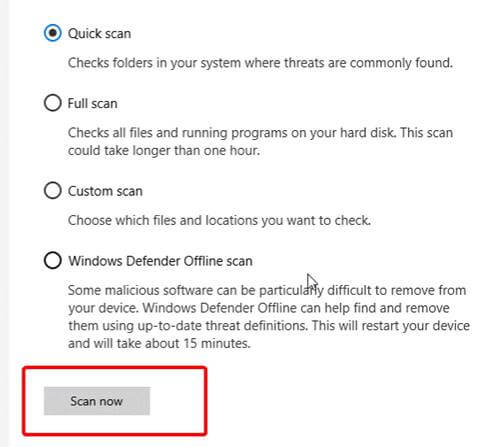If you are reading this it means You face this problem “Your PC ran into a problem and needs to restart. We’re just collecting some error info, and then we’ll restart for you”. This happened when your operating system is unexpectedly crashes and display the blue screen of death and restart your computer and after sometimes show the same error.
There are various reasons why this is happening with your computer. For example, your RAM is running at a higher percentage, corrupted registry files, system 32 files missing, virus/malware infection and some applications cause this error.
Most of the users reported that there would be a RAM problem like some people have low RAM, so the system cant able handle extensive application and show BSOD Error. So most of the time, there will be a RAM problem.
Also Read- Fix “Critical Process Died” Error in Windows 10
Steps to Fix Your PC ran into a problem and needs to restart
Now, let’s start these below methods one by one and solve this issue. We put all the fixes in order, so your problem is fixed as soon as possible.
Method 1: Boot Into Safe Mode
Safe mode is one of the best ways to troubleshoot Windows problems. So once try this method and hope this can fix all your problems.
- Press the Windows+I key to open the settings app.
- Go to Update & Security, then click on the recovery tab.
- Now you will see the Advanced startup option below that there is a Restart now button, click on it.
- After the restart, you see the various “Startup Settings” options on your screen related to safe mode.
- You can choose the suitable safe mode option and see whether your computer boots properly.
Method 2: Modify the Memory Dump Settings
- Press the Windows+S key to open the search bar and search for advanced settings, click on View advanced system settings from the list.
- Now system properties window will pop up, click on Advanced Tab.
- Click on settings under the Start-up and Recovery option.
- Now a new window will pop up, where you need to uncheck the Automatically restart.
- Under the Write debugging information option, select Complete memory dump from the drop-down menu.
- Save changes and reboot your computer and there is a maximum chance that your problem will be fixed.
Method 3: Run the System File Checker (SFC) and DISM Commands
- Press Windows+X to open the windows main many and run the command prompt as admin. (you can also use PowerShell)
- Now type sfc /scannow command and hit enter.
- It will take some time so don’t interrupt the scan process.
- Once it is finished if the problem still occurs you can also run the DSIM scan command instead.
- You can run the command prompt as administrator and type the below command. and wait for some time.
DISM /Online /Cleanup-Image /RestoreHealth
- After finish, the process, reboot your computer and see your problem is fixed.
Method 4: Perform System Restore
- Press Windows+S to open the search bar and search for system restore. Click on Create a restore point from the list.
- Now the system properties will pop up. Select System Restore under the System protection.
- Now system restore process will open up. Click on the Next button.
- Check for Show more restore points option and look for restore point then select the desired restore point and click Next.
- Follow the restoration process and wait until it is finished.
Method 5: Update Device Drivers
Sometimes there is a problem with our device drivers. so we suggest you to once update all of your device drivers so you can ensure from one side that all of your hardware components are compatible with your drivers.
You can take a look at Driver Updater Software, and update all of your windows drivers. You can also do it manually by going to the Device Manager and check for drivers.
Method 6: Scan System Using Windows Defender
There is a chance that a virus and kind of malware infects your computer. So once you can run for a full system scan and check if there is an infected file or not, If yes, then we need to remove it to solve the issue.
- Press Windows+S to open the search bar and search for Update & Security.
- Then click on Windows Security > Virus & threat protection > Scan Options.
- Now there are four types of scans such as quick scan, full scan, custom scan and offline scan.
- You can choose to scan accordingly and after it, if there is a threat found in the antivirus scan you can delete it and reboot your PC.

